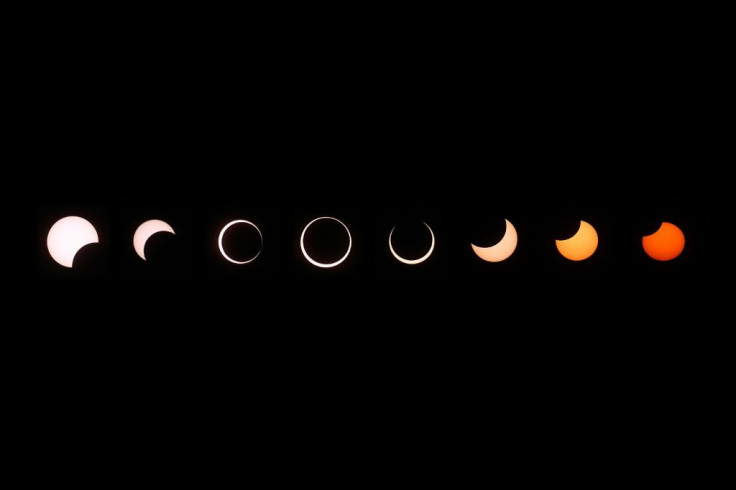What Is Lunar X? How To View It Tonight
KEY POINTS
- The Lunar X is an optical illusion that appears every moon cycle but only for a short time
- A letter X appears on the moon surface due to the interplay of sunlight and topography
- What seems to be a letter X is actually the illumination of the rims of the craters Purbach, la Caille and Blanchinus
Several times a year, the famous "Lunar X" appears for a few hours near the moon's first quarter phase. With the use of binoculars or telescopes, skywatchers will be able to see the optical illusion that has sparked theories about the existence of aliens.
When the moon's terminator hits just the right angle, viewers from the Earth would be able to spot what seems to be a letter X and letter V on the moon's surface. The terminator is the line dividing the light and dark side of the moon, according to EarthSky.org.
It's due to lighting and topography combining together that some would see patterns that make sense to them. People inevitably see images that are familiar to the human eye, and the Lunar X is no exception.
The Lunar X is located on the terminator, about one-third of the way up from the moon's southern pole (at 2 degrees east, 24 degrees south), Space.com reported. This month, the "X" is expected to peak in intensity at around 9 p.m. EDT on Tuesday.
What seems to be a letter X on the moon are actually craters. It is an illusion created by sunlight falling on the rims/ridges of the craters Purbach, la Caille and Blanchinus and forming "a small, bright X-shape."
The Lunar V, on the other hand, is caused by light illuminating the moon crater Ukert as well as several other smaller ones.
Lunar X and Lunar V are only visible from Earth for about four hours for each 29.5-day cycle of the moon. It is during the moon's First Quarter when the two optical illusions can be seen clearly.
The Lunar X will be visible anywhere on Earth where the moon is out.
Skywatchers in the eastern Americas can view it using telescopes or strong binoculars "during waning daylight," according to Space.com. The site also said Lunar X can be observed during daytime provided skygazers "take care to avoid the sun."
The interplay of light and shadows is sure to provide an interesting display of the moon and its mysteries.

© Copyright IBTimes 2025. All rights reserved.





















